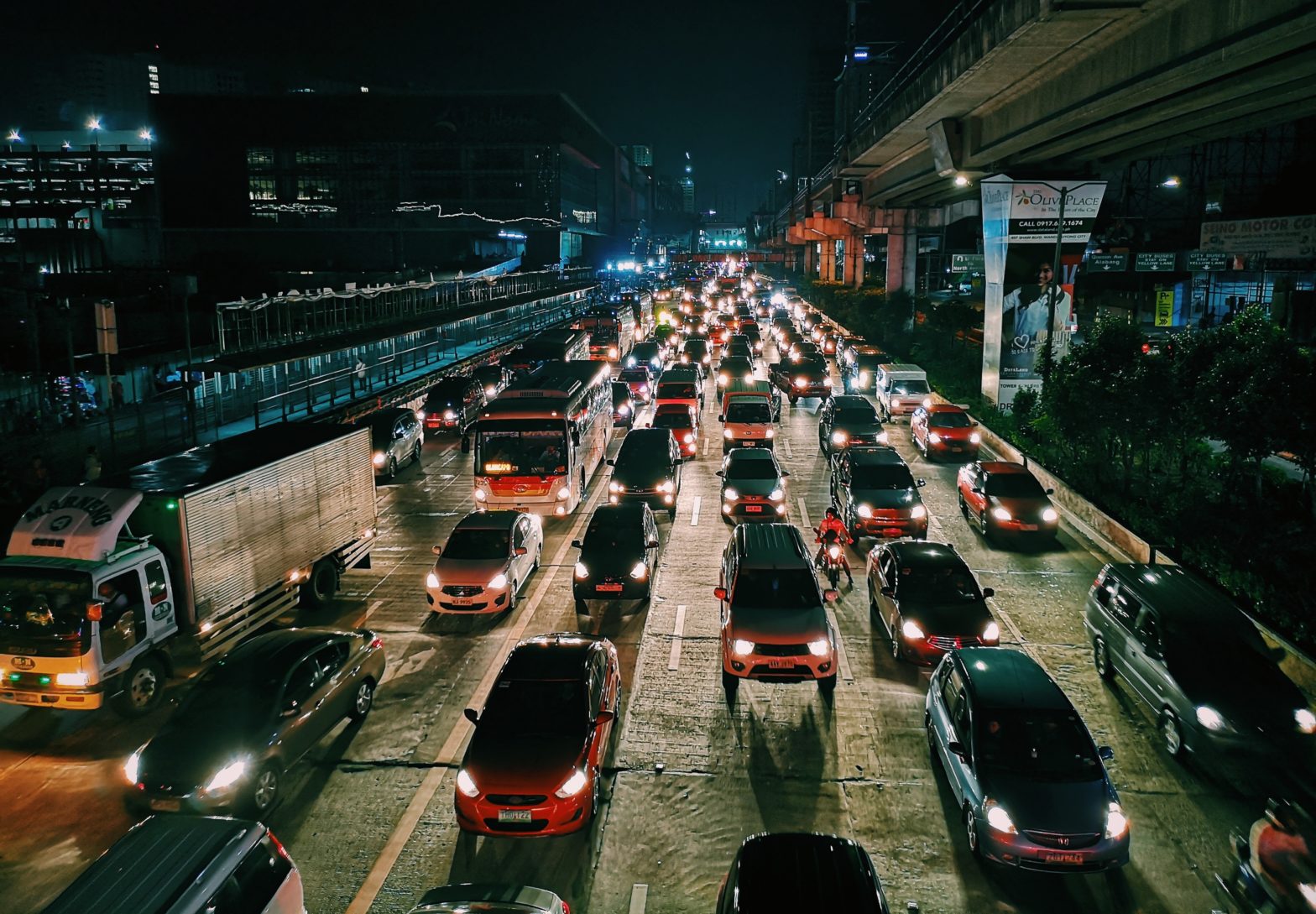
In my role at work, everything comes down to productivity and effectiveness. I might even be considered, by some, to be an expert on utilizing process and technology to increase productivity and effectiveness.
For today, though, I’m going to give you a metaphor (technically, this is actually a simile…) from both the expert and the frustrated employee perspective:
Companies operate like they are in their own long-distance car races.
Imagine you closed down Interstate 80 – New York to San Francisco. You then took each company, gave each employee a car that is representative of their capabilities as an employee, and gave those employees a goal with a prize:
- Get to the other end.
- Part of your prize is based on how fast everyone can get to the other end and how many make it.
- The other part is based on what order you come in. Come in first, get a bigger prize. Come in later, get a smaller prize. Don’t finish? Get nothing.
Let’s see how various types of companies would do.
A company of one
There are a lot of variables and wildcards in this one. A high-performing person operating as a company of one probably won’t break down along the way, and can probably go pretty fast. This person probably gets a decent prize at the end.
On the other hand, someone with pipe dreams but no experience, talent, or grit is likely to find themselves stranded somewhere in the middle of Ohio, hoping for the kindness of a stranger. If they reach San Francisco at all, it won’t be very fast.
A start-up
If this start-up has a group of high-performing individuals who can work with a team mentality, they’re likely to speed along the freeway, drafting off each other for additional speed and fuel economy. They’ll help each other if something goes wrong, but if one person is consistently underperforming or having trouble, they’ll leave that person in the dust.
If this start-up has a variety of capabilities, but averages toward the low end, you’ll get a variety of different results depending on different factors. If they help each other, they’ll get to the end, but much slower. If they don’t work as a team, most are likely to break down along the way, and their arrival in San Francisco is questionable.
A global enterprise
As you visualized the previous examples, you may have noticed that each company collectively had control of their fate. Here, however, is where we diverge from this trend.
This global enterprise has run this race many times, in order to achieve its enormous size. It has experts in how to go fast and navigate the route. It has maybe 400,000 quite reliable cars, including super- and hyper-cars, economy cars, luxury cars, you can imagine the people working in such a company. It even has its own team to assist those who need it.
Now, picture the scene at the mouth of I-80, just a few miles west of Manhattan. 6 lanes of west-bound tarmac. Everyone wants to get to San Francisco – all 400,000 of them.
It starts slowly. The first out of the gate, including a Ferrari, a Corolla, a Lexus, and a Ram pickup, all hit the gas. The Lamborghini stuck behind the Corolla gets impatient, and tries to cut in front of the Mercedes next to it in a bid to pass. The Mercedes has to hit its brakes, slowing everyone behind it.
Fast-forward… Everyone is finally hitting their stride, faster passing slower, but all slowing down when the person in front slows down – say for a curve, a lane merge, avoiding a deer in the road, you name it.
No big cities once you leave the New York metro area until… Cleveland.
Now, everyone has to slow for freeway twists and turns, avoiding taking the wrong exit and ending up on I-77 South, narrower lanes through the city. It’s a much hairier task to get 400,000 cars through the city, even on a closed course, than it does 100.
Because the prize is partially on personal performance, and partially on company-wide performance on which they have virtually zero influence, everyone wants to get in front of the one they’re following.
- Stop and help? That’s someone else’s job.
- Listen to the organizational expert tell me how to drive? They don’t know how I do things.
- Follow executive direction? Heck, they’re the ones driving the Bugattis, Maybachs, and McLarens up front. There’s no way I’ll catch them.
At the end of the road…
As we work through this metaphor (simile), I’m pretty sure you get the point.
It’s much easier for a small organization to perform well. There’s plenty of room for all to work toward the goal together. There’s less incentive to promote self over group – in fact, it’s usually pointless if all are working together.
There are organizational experts who, using reliable data and studies, would suggest that the line between performing together like these small organizations and performing with the self in mind in the larger organizations is around 150 people. Think about that for a moment.
If companies start to lose relative effectiveness at around 150 people, why are there organizations that are much larger? Self-interest. If the organization is larger, there’s more individual advantage to being a Ferrari among supercars. It’s easier to hide mistakes and rely on the perceived stability of the large organization to attract talent and revenue.
Is there a lesson here? I’ll leave that up to you.
